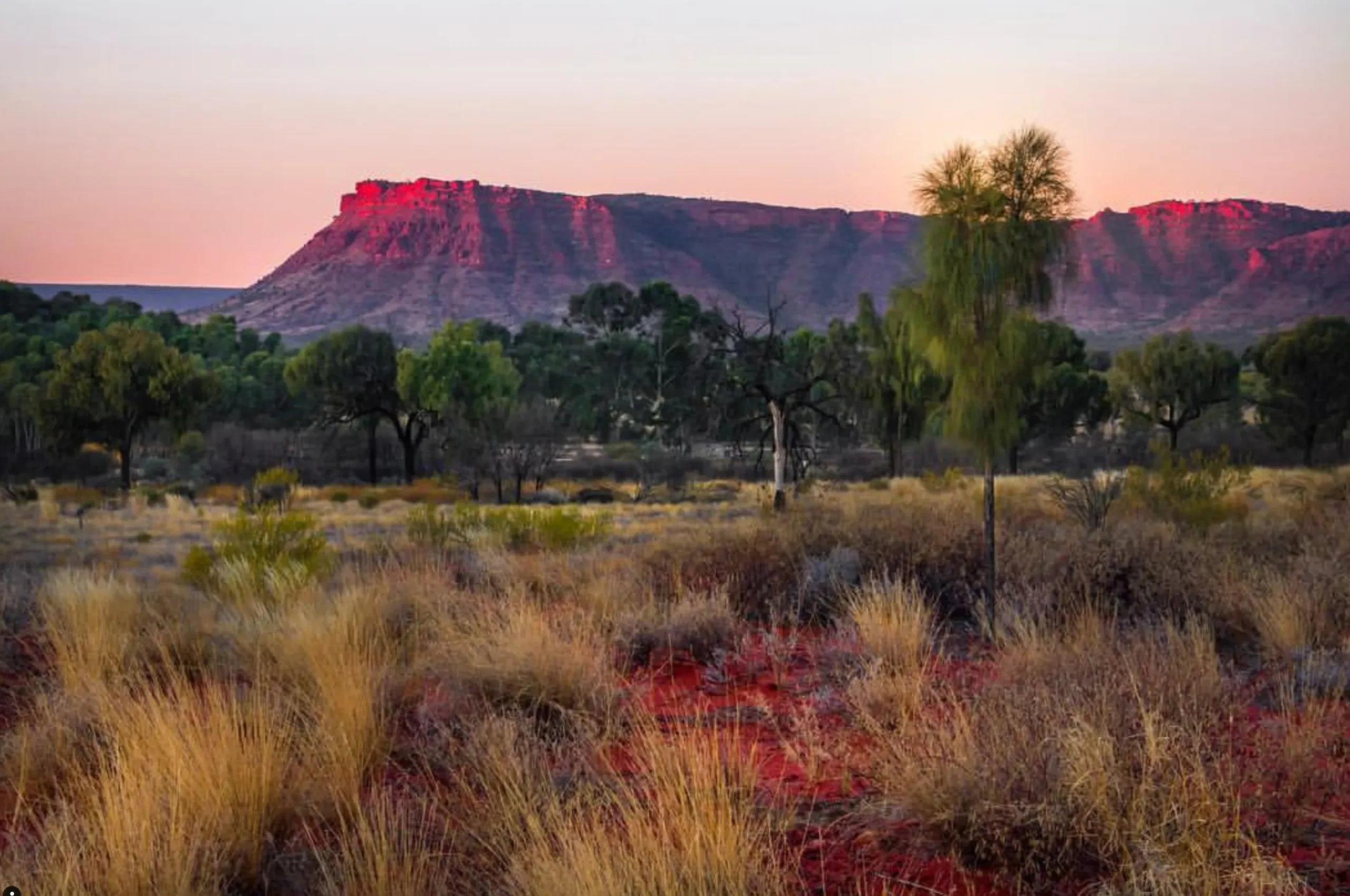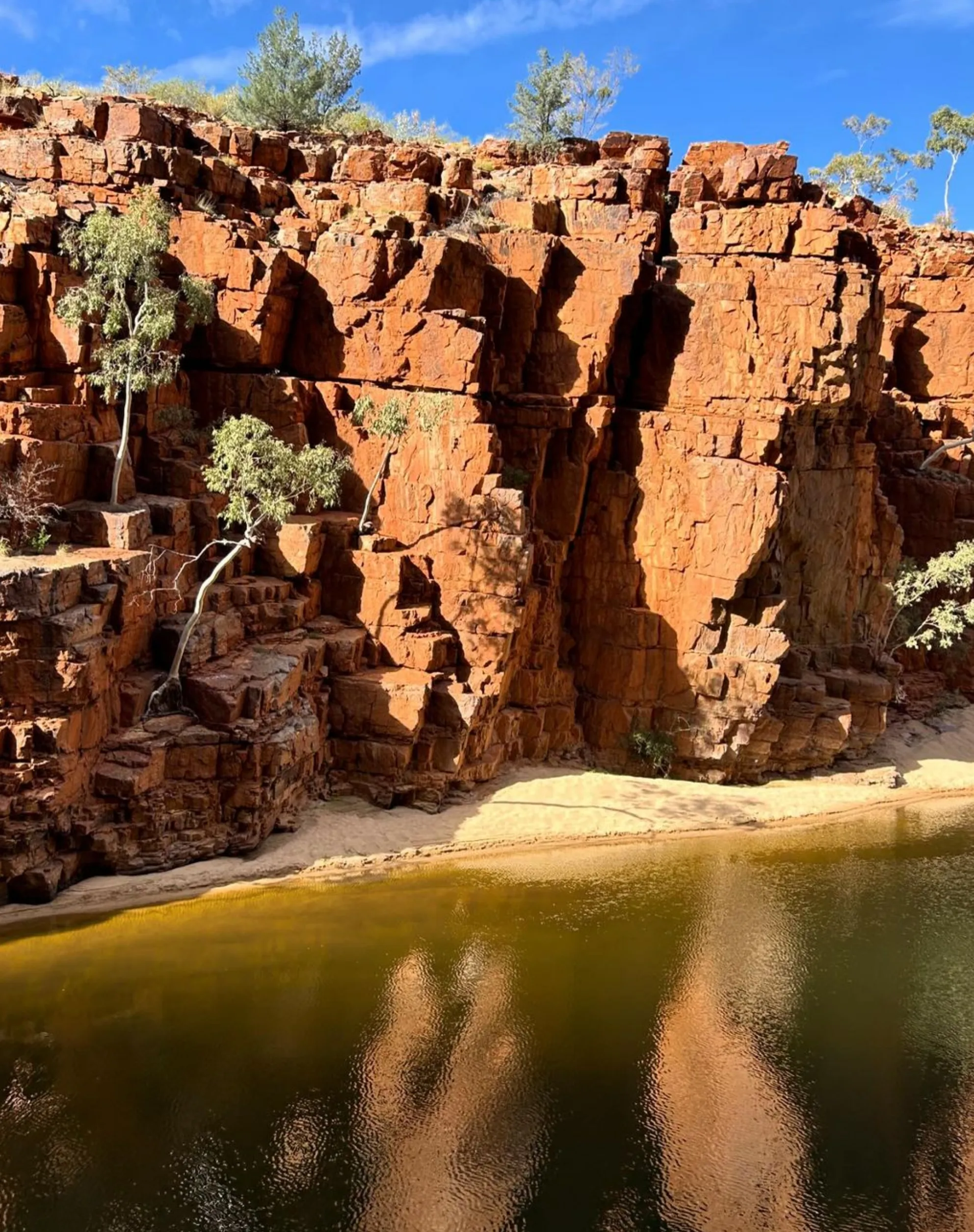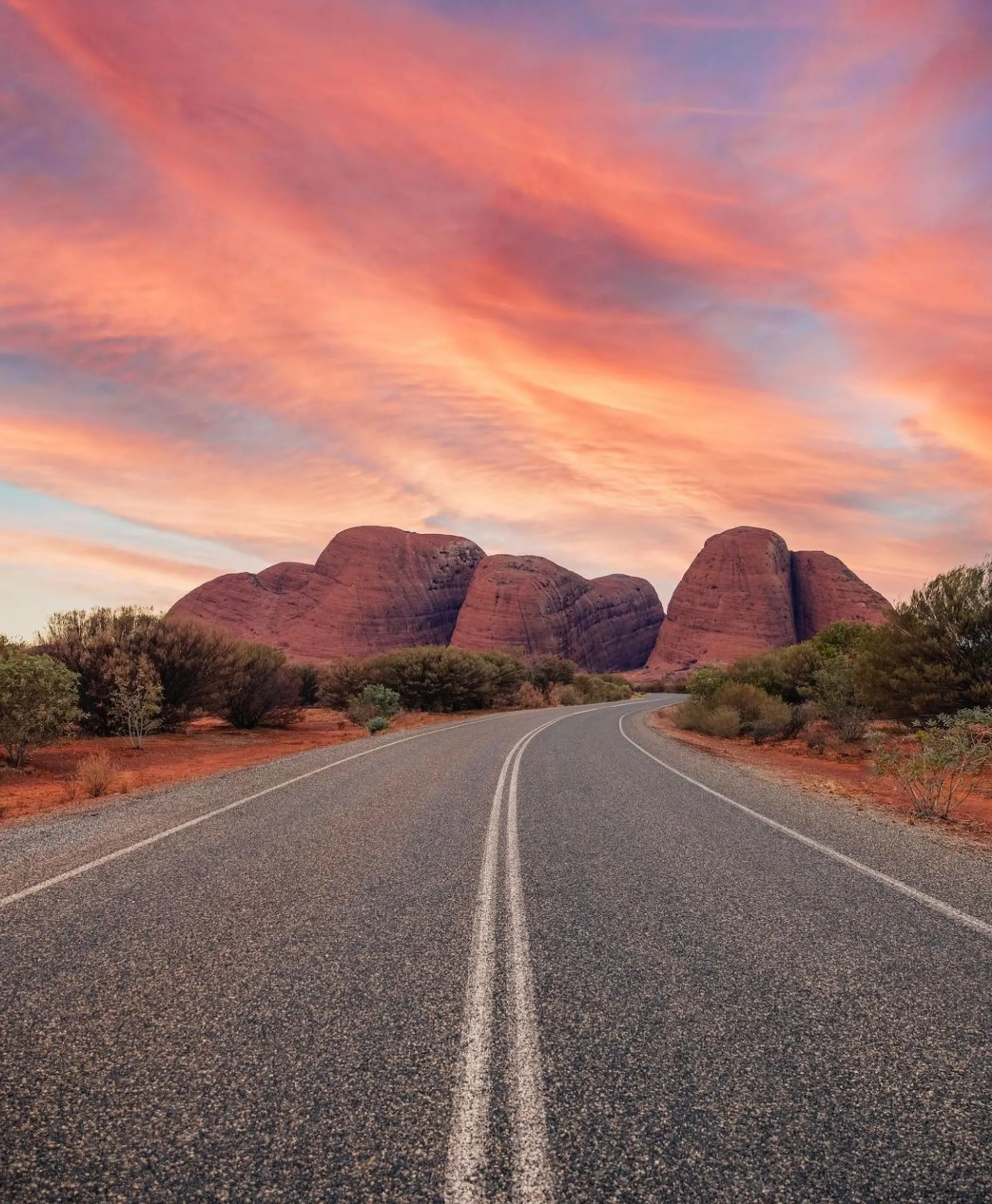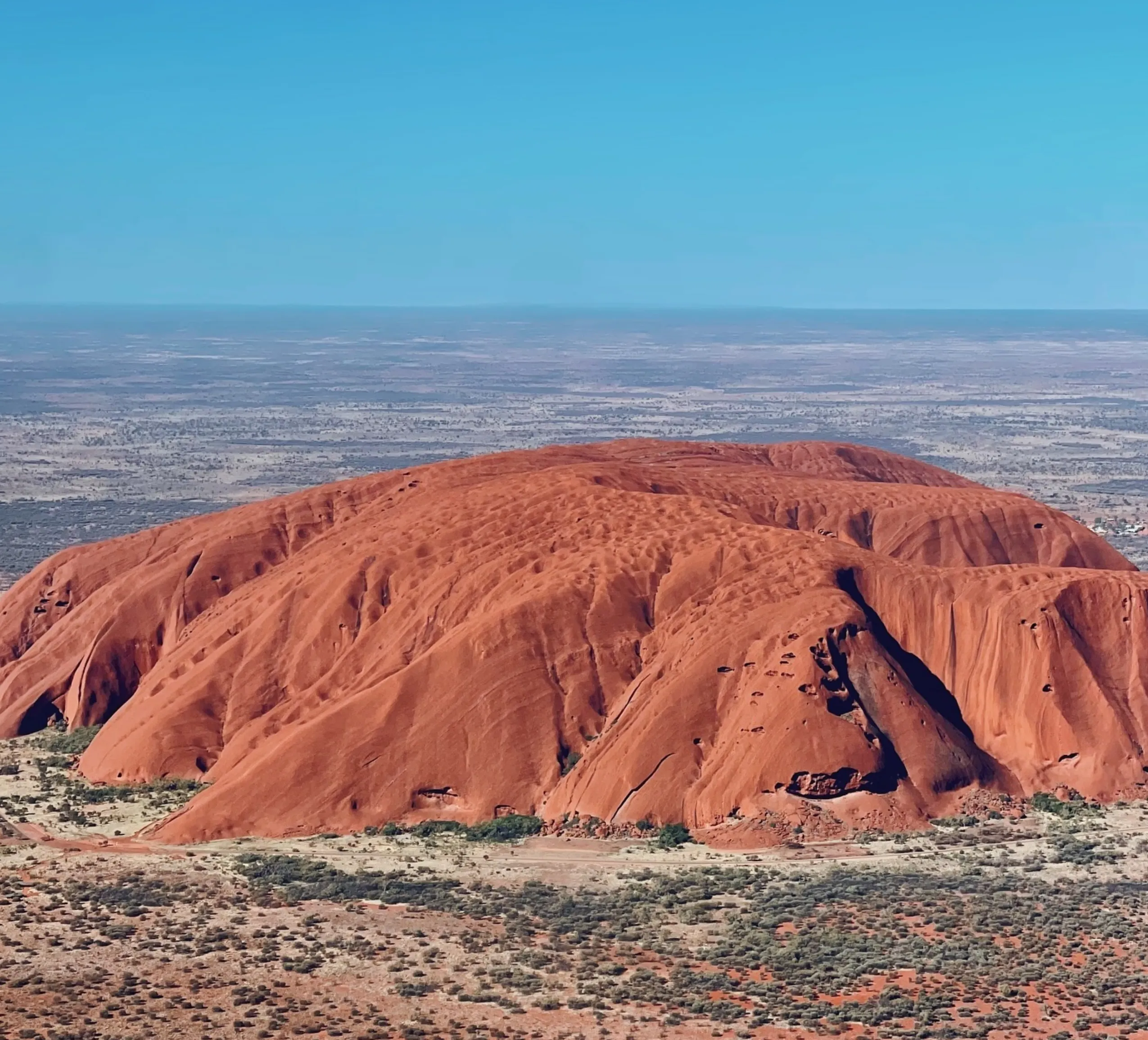Alice Springs Desert Park is a desert wildlife and Indigenous culture that is just a short hop from Uluru. This is more than just a pretty spot in Central Australia; it’s a gateway to Australia’s cultural heritage, Indigenous traditions, continuous living cultures and the desert landscapes that define this country. A visit to Alice Springs Desert Park is a journey into the heart of Aboriginal culture and an adventure into the flora and fauna of the Red Centre.
Where the Desert Comes Alive: Alice Springs Desert Park
Alice Springs Desert Park is a life-changing experience as you step into the Australian desert, where landscapes and ecosystems have been shaped over thousands of years. The park is a living example of the desert’s strength and beauty, and you’ll be introduced to the three main habitats: Desert Rivers, Sand Country and Woodlands. Each environment is full of life that has adapted to survive in harsh conditions, from desert plants and wildflowers to birds and desert animals like dingoes and kangaroos.
A visit to Alice Springs Desert Park is also an educational experience. The park is about conservation and how flora and fauna survive in arid environments. Guided Alice Springs Uluru Tours and interactive displays will get you up close and personal with the beauty and complexity of desert biodiversity, from the most miniature plants to the most enormous birds of prey. Located near Uluru and Ayers Rock Resort, Alice Springs Desert Park is accessible to get to and a great stop for those travelling through Central Australia or on a longer road trip through Australia’s iconic landscapes. Through its different ecosystems and expert-guided experiences, the park will give you a holistic understanding of the desert’s balance and the importance of preserving its unique biodiversity.
Indigenous Culture and Heritage: A Deep Connection to the Land
At Alice Springs Desert Park, the Indigenous culture and heritage of Central Australia are woven into every part of the visitor experience. Aboriginal knowledge, traditions, and respect for the land are the focus, encouraging visitors to get up close and personal with one of the world’s oldest living cultures. Through guided experiences and interactive displays, the park will introduce you to the Indigenous perspective and help you understand the connection to the land and its traditional owners.
Interactive displays show the old skills and practices passed down through generations, from sustainable land management to using native plants for bush medicine and bush foods. You can taste bush foods, learn how wattleseed or bush tomato have been part of the Aboriginal diet for centuries. The cultural heritage goes to traditional art displays where you can see the storytelling in the dot painting and intricate designs, each with its own meaning in Indigenous lore.
Storytelling by Aboriginal guides is at the heart of the cultural experience at Alice Springs Desert Park. These guides share their personal stories and knowledge to help you understand Aboriginal spirituality, the desert ecosystem, and the Indigenous worldview, which sees the land as a living, sacred thing to be respected. Through these sessions, you can see how each plant, animal, and landscape feature has cultural significance and how they all fit together to make up the whole of life in the desert.
Cultural awareness and sensitivity are themes throughout the park. We encourage you to learn about the traditional owners of the lands around Alice Springs, Uluru, and Tjuta National Park and respect Indigenous customs and points of view. Through these experiences, we provide a safe space for you to explore Indigenous culture and leave with a lasting impression and a deeper understanding of Australia’s history.

Meet the Desert’s Unique Wildlife
Alice Springs Desert Park is the place to discover the amazing diversity of desert wildlife, home to animals specially adapted to the Australian outback. From agile kangaroos and cute wallabies to the beautiful desert birds that paint the landscape, you’ll find plenty of opportunities to meet and learn about the tough critters that live in the desert. You can see the amazing adaptations that allow these species to survive and even thrive in the harsh desert environment with limited water and extreme temperatures.
One of the best bits is the free-flying bird of prey show. Here, you can see eagles, falcons, and other raptors in action, both up close and personal. You can see their hunting skills and flying abilities, connect with the desert predators, and learn about their importance in the ecosystem. The show will also show you the impressive wingspans, eyesight, and talons that make them formidable hunters and leave you with a deeper understanding of the desert ecosystem.
Beyond birds, the park is also home to many reptiles and small mammals, each with their own survival strategies. If you are interested in reptiles, you can extend your experience with a visit to the Alice Springs Reptile Centre, where you can learn more about Australia’s venomous snakes, agile goannas and fascinating lizards like the thorny devil whose spiky appearance helps them blend in with the rocky desert landscape. The Kangaroo Sanctuary, another nearby attraction, offers a chance to get up close with Australia’s most iconic marsupial and learn about their daily lives and challenges in the outback.
For those who are interested in the nightlife of the desert, Alice Springs Desert Park also offers nighttime experiences. After the sun goes down, the desert comes alive with nocturnal animals that have evolved to avoid the daytime heat. Guided night walks show the habits of the elusive bilby and the tawny frogmouth and give visitors a rare insight into the desert’s hidden world. On clear nights, astronomy experiences under the Central Australian sky are unforgettable and deepen the connection to the land and sky, which has been important to Indigenous cultures for thousands of years.

Plan Your Visit: Best Times and Tips
To get the most out of your visit to Alice Springs Desert Park, visit during the cooler months when the temperatures are mild. Tips for visiting include practical information on getting here, where to stay and what to pack for a desert adventure. Whether you are road-tripping in a campervan or taking a hot air balloon ride, Alice Springs and nearby Uluru have some amazing experiences. Other nearby destinations include Watarrka National Park, Ormiston Gorge, Palm Valley, and Finke Gorge National Park, all of which offer some great road trip opportunities in the Australian bush.

Alice Springs Desert Park and Uluru and Surrounds
Adding Alice Springs Desert Park to your itinerary and nearby attractions like Uluru-Kata Tjuta National Park and Walpa Gorge will make any trip to Central Australia. Visit the Tjuta Cultural Centre to learn more about the Aboriginal culture, or book a camel ride through the Ayers Rock and Uluru landscape. A couple of nights in this area can include Earth Sanctuary, Uluru Camel Tours camel ride and stargazing.
FAQs
What are the top things to see at Alice Springs Desert Park?
Three desert habitats (Desert Rivers, Sand Country and Woodlands), guided tours, free-flying bird show, Indigenous culture through storytelling, traditional art and bush food tastings.
When should I visit Alice Springs Desert Park?
Best to visit during the cooler months April to October when temperatures are more comfortable. Early morning and late afternoon is best for wildlife spotting.
How far is Alice Springs Desert Park from Uluru, and can I include it in my Central Australia itinerary?
Alice Springs Desert Park is 5 hours from Uluru, so it’s a great addition to your Central Australia itinerary. Visitors often include it with Uluru, Kata Tjuta and other nearby natural attractions for a full outback experience.
Are there Indigenous cultural experiences available at the park?
Yes, the park offers various cultural experiences, including Aboriginal guides, traditional art displays and bush food tastings, which help visitors understand more about Aboriginal culture and the significance of the desert landscape.
What to bring?
Sun protection (hat, sunscreen, sunglasses), comfortable walking shoes, reusable water bottle, camera. If visiting in the evening for astronomy or nocturnal tours, warm clothing in cooler months.
